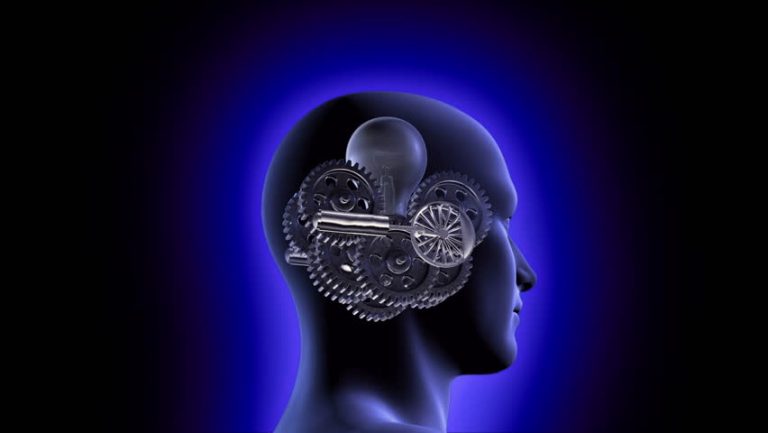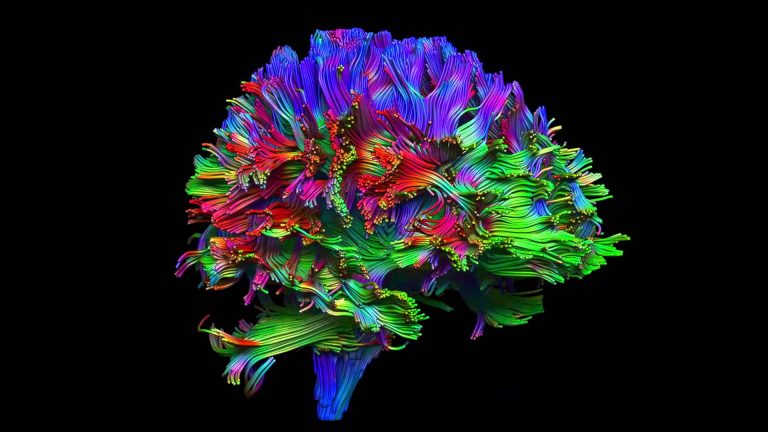Cognitive Restructuring: Neural Reassignment and EMDR
Cognitive restructuring is a technique that falls under the umbrella of Cognitive Behavioral Therapy (CBT). In addition to decatastrophizing, which we discussed previously, restructuring consists of a myriad of practices that allow negative and unwanted thoughts to follow with more positive actions and reinforcement. Another technique which we will cover here today has to do with neural mapping and reassignment; the idea that behavioral pathways in the brain that lead to negative responses can be rerouted to result in positive responses instead.
As we grow up, our behavior is modeled on various aspects of our environment, our parents, other people, and different positive and negative experiences in life. As more and more experiences are processed in the brain, specific neural pathways are created mostly for the purposes of efficiency and self-preservation. Overall, negative experiences tend to get stored permanently in an area of the brain known as the Hippocampus. This area is largely thought to be responsible for emotional reactions, traumatic memory, and the autonomic nervous system. Given that negative experiences get stored in an area of the brain that also handles a good portion of the nervous system, it’s natural to relate how those experiences can cause things like anxiety to occur.
The difficulty with the hippocampal region is that it stores a specific type of long-term emotional memory which is not simple to just overwrite with new information. A practice called Eye Movement Desensitization and Reprocessing (EMDR) allows for this overwrite process to take unhealthy and damaging negative memories and convert them into healthy processed life experiences. In essence, it helps to end the vicious cycle of fight-or-flight that ends up taking place in the hippocampus when a traumatic memory is placed there, and each time it is remembered. How does EMDR work?
“EMDR (Eye Movement Desensitization and Reprocessing) is a psychotherapy that enables people to heal from the symptoms and emotional distress that are the result of disturbing life experiences.”
EMDR Institute, Inc.
EMDR is an in-office therapeutic technique that helps patients to reprocess negative memories and their accompanying emotions. It must be completed with the aid of an experienced therapist trained in the science of EMDR therapy. The reason is that while the patient is accessing their memories, the therapist is engaging the patient in Dual Attention (sometimes Activation) Stimulation (DAS). DAS employs different actions by the therapist directed at the patient in an attempt to allow them to reprocess the negative memory and emotions so that it will escape the hippocampus and be returned to normal memory centers, this time without the aspect of being traumatic, in the least being less so.
DAS encompasses right-left tracking eye-movements directed by the therapist, left and right auditory stimuli, and other distracting stimuli such as varying tactile hand taps. The DAS actions are specifically meant to distract the user from the cycle that the hippocampus normally takes when playing back a traumatic memory, thereby rerouting the neural pathway to where normally processed memories are stored. This method is generally not completed in a single session and may take several attempts for the patient to adjust to the treatment modality. Have you tried EMDR? What was your experience? How have you learned to cope with traumatic events outside of EMDR? Share your experiences and let us know what works for you!






